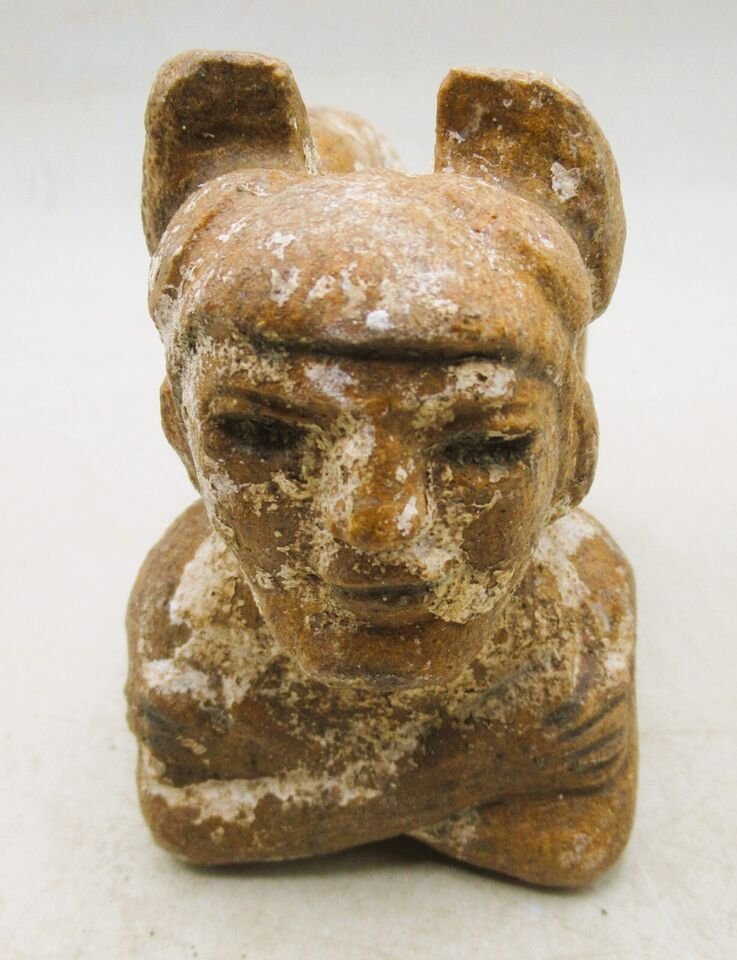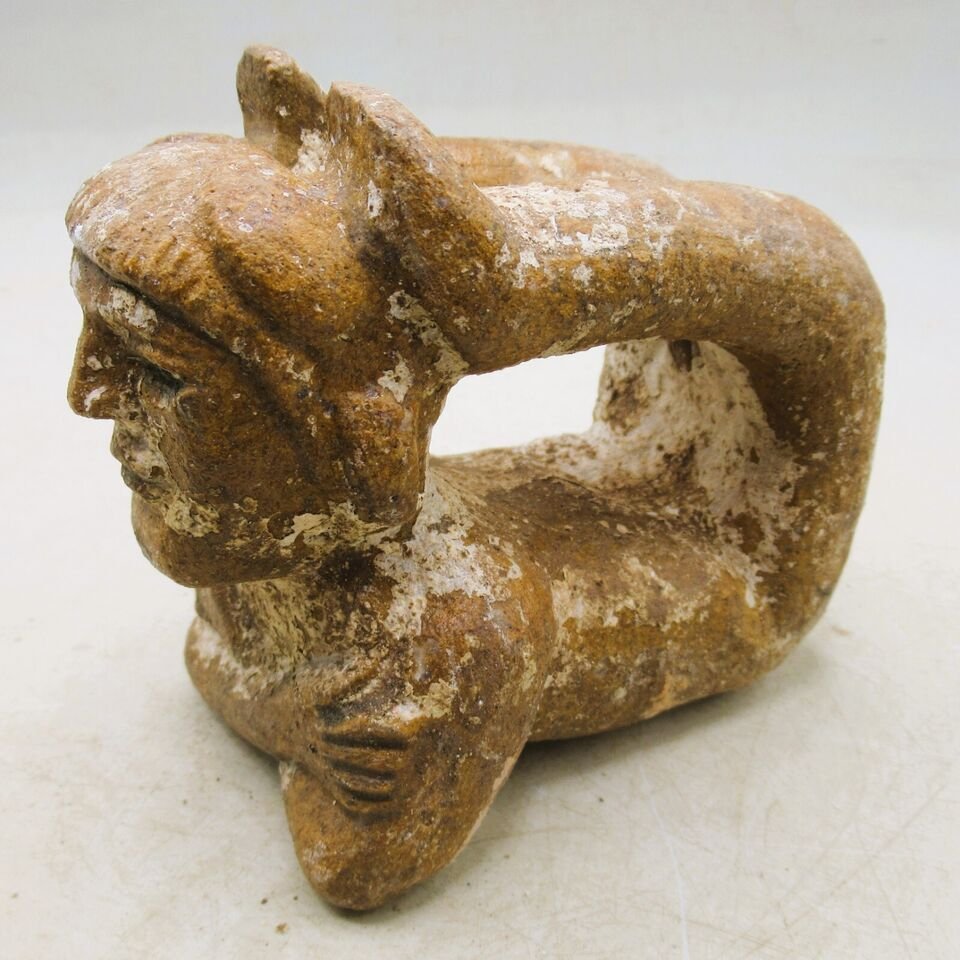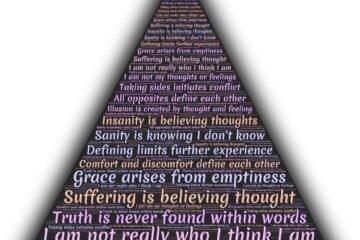
NEOLITHIC EUROPEAN STONE CARVED WORSHIPPER IDOL FRONT
Yoga has a rich and ancient history that intertwines with Indian spiritual and philosophical traditions. Its origins are often traced back over 5,000 years, with roots in the Indus Valley Civilization (around 3,000 BCE). However, its spiritual and philosophical aspects likely evolved through a combination of indigenous practices and outside influences over time. Myths and legends surrounding yoga are an essential part of its cultural and spiritual heritage. Here’s an overview of both its historical and mythological roots:
Historical Origins of Yoga
Pre-Vedic and Vedic Yoga: The earliest evidence of yoga is found in the Indus Valley Civilization, where seal carvings depict figures in meditative postures, suggesting early forms of meditation or physical postures. Vedic Yoga (around 1,500 BCE) is linked with the early sacred texts of the Vedas, particularly the Rigveda. In these texts, there are references to practices like meditation and asceticism (tapas), which can be seen as early precursors to yoga. The Vedic sages sought to experience a deeper connection with the divine through meditative practices, and this is considered the foundation of Raja Yoga, or the path of meditation.
Upanishadic Yoga (around 800 BCE): The Upanishads (the philosophical texts that form the later part of the Vedas) introduced the concept of yoga as a means of spiritual liberation (moksha). Here, yoga was less about physical postures and more about meditation, self-inquiry, and union with the divine. The Upanishads emphasize the practice of Brahman (the ultimate reality) through Atman (the individual soul), which can be realized through meditation, renunciation, and knowledge.
The Bhagavad Gita (circa 2,000 BCE – 200 CE):
One of the most important texts in yoga philosophy, the Bhagavad Gita, introduced the idea of yoga as the union of the self with the divine through different paths: Karma Yoga (the yoga of selfless action), Bhakti Yoga (the yoga of devotion), and Jnana Yoga (the yoga of knowledge). This period helped codify yoga into specific pathways that led to enlightenment, making it accessible to a wider audience beyond ascetics.
Classical Yoga (around 2nd century BCE):
The Yoga Sutras of Patanjali, one of the foundational texts of classical yoga, were written around 2,000 years ago. Patanjali’s system, known as the Eight Limbs of Yoga (Ashtanga Yoga), includes ethical guidelines, meditation practices, and physical postures (asanas) to achieve spiritual awakening. The eight limbs include practices such as yama (moral codes), niyama (personal observances), asana (physical postures), pranayama (breathing techniques), pratyahara (sensory withdrawal), dharana (concentration), dhyana (meditation), and samadhi (enlightenment).

NEOLITHIC EUROPEAN STONE CARVED WORSHIPPER IDOL SIDE
Mythological and Spiritual Myths
Yoga’s connection with the divine and mystical practices is steeped in myth, with many gods, sages, and supernatural beings linked to its development and dissemination. Here are a few prominent myths:
Lord Shiva as the Adiyogi:
In many Hindu traditions, Shiva, the god of destruction and transformation, is often referred to as the Adiyogi or the “first yogi.” According to myth, Shiva is the originator of yoga, teaching it to the rishis (sages) of ancient times. It is believed that Shiva passed down his knowledge of yoga in a mystical dance of cosmic energy, from which the yoga system evolved. The story goes that Shiva sat in a state of deep meditation and received the knowledge of yoga directly from the cosmos. He then passed this knowledge onto seven rishis, who spread it to the rest of humanity.
Sage Patanjali: According to mythology, Patanjali, the author of the Yoga Sutras, is said to be a divine figure who embodied both the serpent god Shesha and the sage Vyasa. In one myth, Patanjali is described as descending from the heavens in the form of a serpent, bringing knowledge of the divine, philosophy, and yoga to the human world. Patanjali is often depicted as a being with a human head and a serpent body, symbolizing the union of physical and spiritual elements within yoga.
Krishna’s Teachings in the Bhagavad Gita: In the Bhagavad Gita, Lord Krishna imparts yogic wisdom to the warrior prince Arjuna, guiding him on how to engage in righteous action without attachment to the results. This is known as Karma Yoga. Krishna’s teachings suggest that yoga is not just about meditation but about integrating spiritual principles into everyday life through devotion, wisdom, and selfless action. Krishna is often regarded as the supreme divine teacher in this context.
The Cosmic Dance of Nataraja: Another connection between Shiva and yoga is his depiction as Nataraja, the cosmic dancer. The dance represents the eternal cycle of creation, preservation, and destruction, mirroring the continual process of personal transformation through yoga. The dance of Nataraja symbolizes the union of the individual with the universe, a key concept in yogic practice.
The Spread and Adaptation of Yoga
Tantric Yoga: Around the 6th to 9th centuries CE, Tantra introduced new forms of yoga that integrated the body, mind, and spirit in rituals, mantras, and physical postures. This allowed yoga to expand beyond meditation and bring a more physical dimension into practice.
Modern Yoga: Yoga began to spread to the West in the late 19th and early 20th centuries, popularized by figures such as Swami Vivekananda at the Parliament of the World’s Religions in Chicago (1893). T. Krishnamacharya and his students (including B.K.S. Iyengar and Pattabhi Jois) were instrumental in creating the more physical forms of modern yoga that are practiced today, such as Hatha Yoga and Ashtanga Yoga.
Summary of Myths
Yoga’s adoption and use are deeply connected with divine beings like Shiva as the Adiyogi, with sages like Patanjali and Vyasa, and epic texts like the Bhagavad Gita and Yoga Sutras. Myths surrounding yoga focus on the transmission of knowledge from the divine to human sages, the mystical union between body and spirit, and the path to spiritual enlightenment. Through these myths, yoga is seen not only as a physical practice but also as a spiritual journey of self-realization and union with the divine.



0 Comments